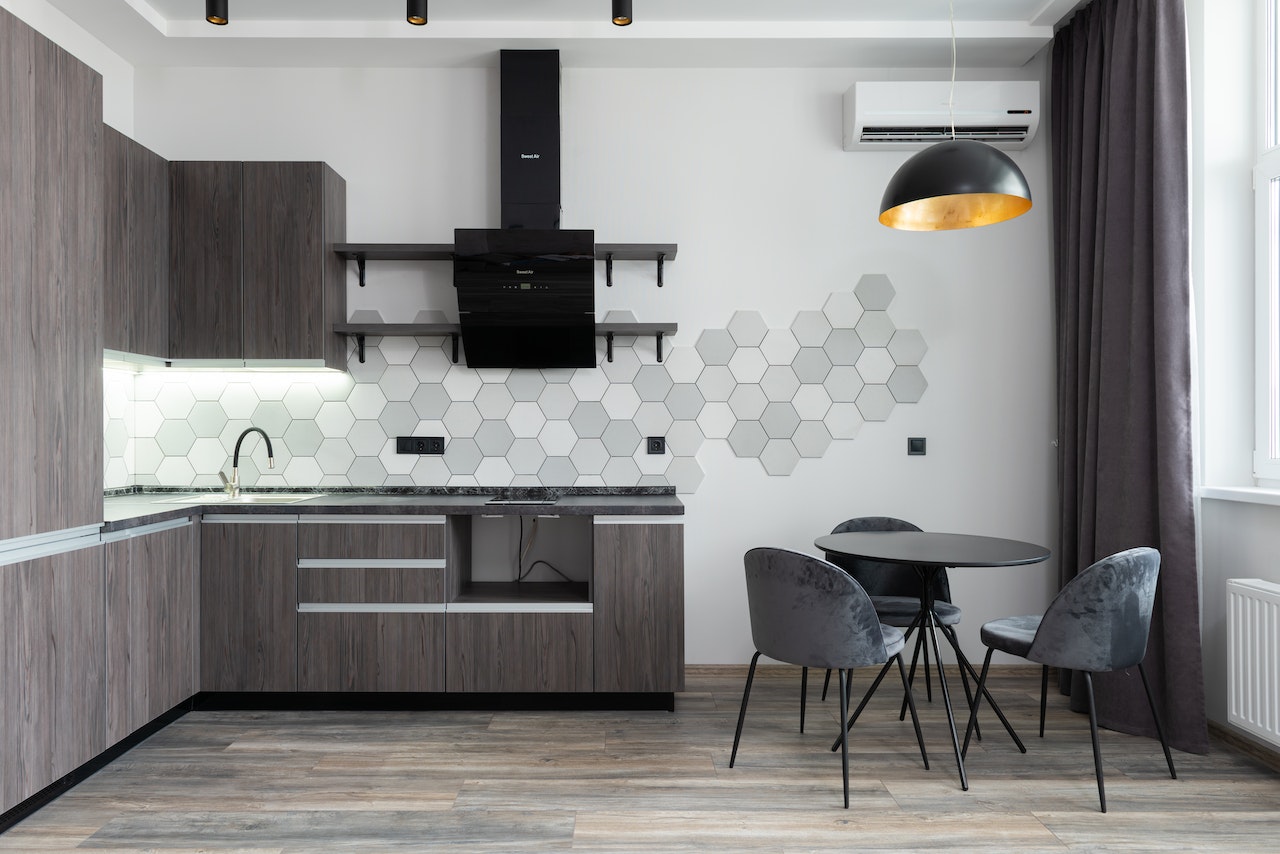The Pros and Cons of Underfloor Heating
With two main types of underfloor heating available, one runs via an electrical system while the other uses warm water and a sophisticated pipe network under the floor, it’s safe to say that underfloor heating can be designed and installed to suit all manner of homes.
One of the biggest questions that clients and customers bring to us refers to the suitability of underfloor heating for their layout and individual needs. And it’s this which has inspired this article, focussing on both the advantages and the drawbacks of underfloor heating in different spaces and homes.
The benefits of underfloor heating
The first and most obvious benefit of underfloor heating in the current economy and cost of living crisis is the efficiency with which such heating systems are operated. Working with a thermostat, which allows homeowners to set their ideal temperature, and which shuts off the heating once the surroundings hit their selected temperature, underfloor heating delivers a consistent level of heat throughout the space.
This leads us to another key benefit of underfloor heating – the distribution of heat is much more even, steering away from the targeted pockets of heat which surround radiators and other heating components, and instead optimising the flow of comfortable heat from the floor, upwards.
Finally, one major advantage of underfloor heating for homeowners with vast open plan homes and a combination of young children and/or pets, is that underfloor heating is managed via a system which is underneath the floor. By eradicating all exposed pipes and heating components, underfloor heating is safer for families with young kids and pets, ensuring they don’t touch something hot and end up burning themselves.
The drawbacks to underfloor heating
As with any home installation, there are always drawbacks – in this instance, relating to the cost and time required to complete installation, as well as the impact that installation has on the space available in your home.
First, the time and cost, which can both be high. Despite underfloor heating being more cost efficient in the long run, the initial outlay is high and can render the installation outside of some budgets. Similarly, the installation is a big project which can have significant upheaval depending on whether you opt for the electrical or water-based system.
The other drawback to consider is the effect that underfloor heating has on floor heights, with the additional layer raising floors by a marginal but often still noticeable amount. If you already have quite low ceilings, this can have a big impact and can even affect the ability to close doors and install certain furnishings and home accessories – making this a consideration worth considering.
Is underfloor heating the right solution for your home?
In short, the benefits of underfloor heating certainly outweigh the cons – however, that’s not to say that you shouldn’t give fair thought to the impact your installation will have on your home.
With both electrical and water-based systems available, here at Fast Warm, we work with our customers to determine which solution is best for their homes – whether a new build, a traditional renovation, or something a little unique and different. Get in touch with us for tailored advice.
How do heating zones work?
When it comes to choosing between electric and water underfloor heating systems, the electric option tends to be best for zoned areas which see high footfall and usage and which you want to infuse with heat without covering the whole floor.
The installation of course for existing properties and structures, electric underfloor heating is run via a series of wires which heat up and which deliver heat to the floor
surface – whereas water systems are much more expansive and require a more comprehensive installation process.
If you want to heat a kitchen or bathroom, or even deliver targeted heat to certain areas of an open plan home, an electric underfloor is the ideal solution. In this instance, it can be used to deliver heat to areas that you spend the most time in, or as a supplementary heat source alongside stoves and other sources.
If you’re interested in underfloor heating or need advice, visit the underfloor heating specialists, Fastwarm.

